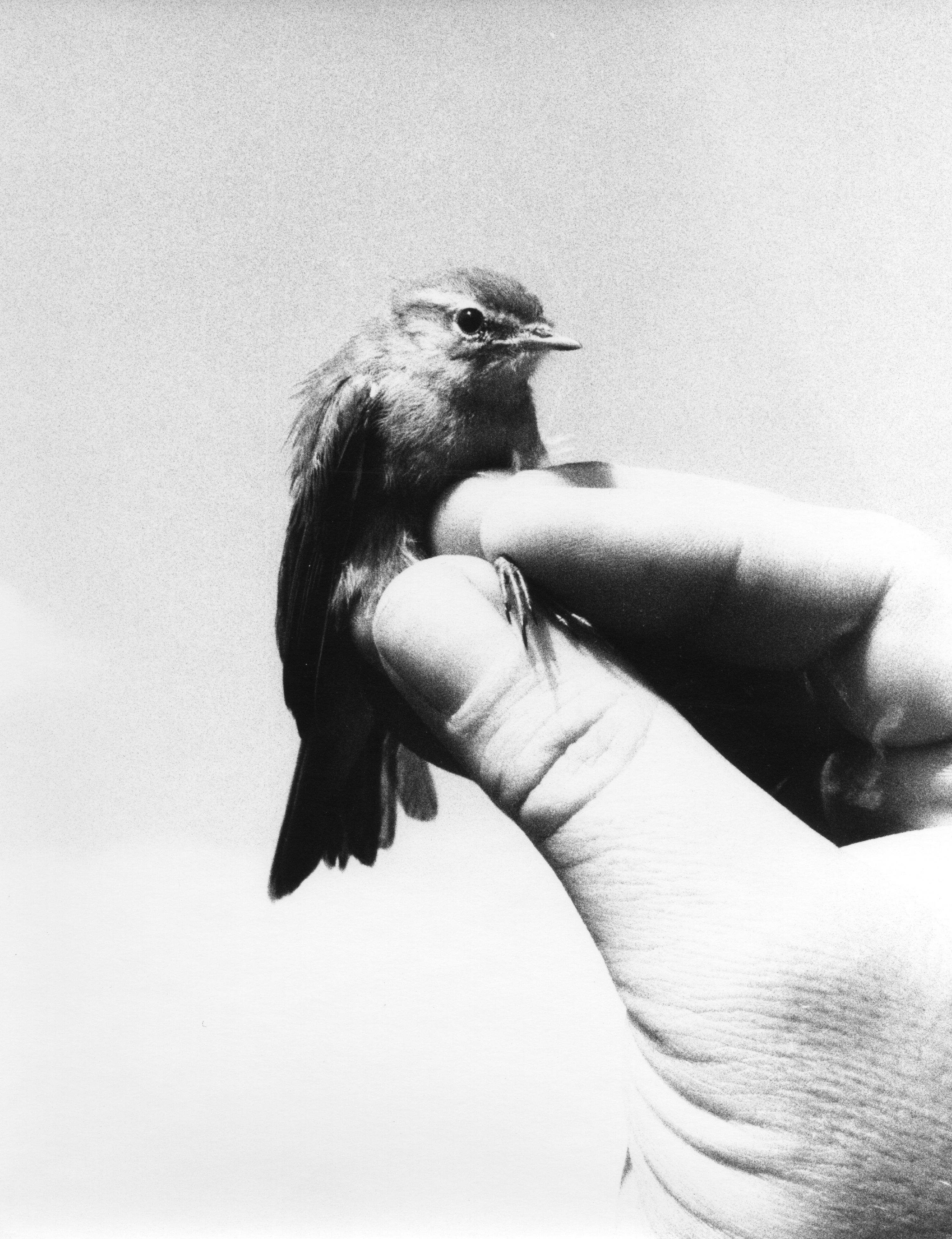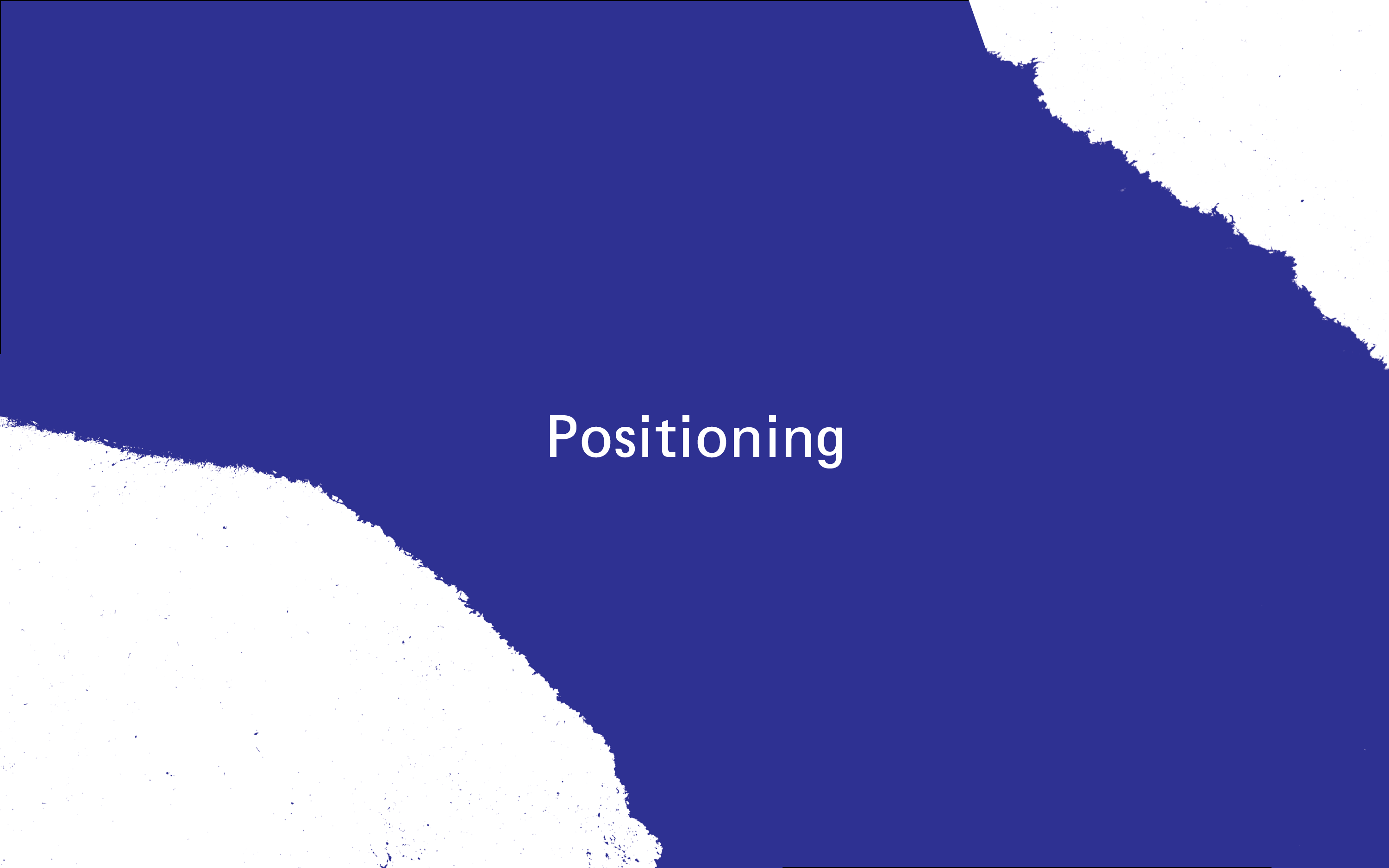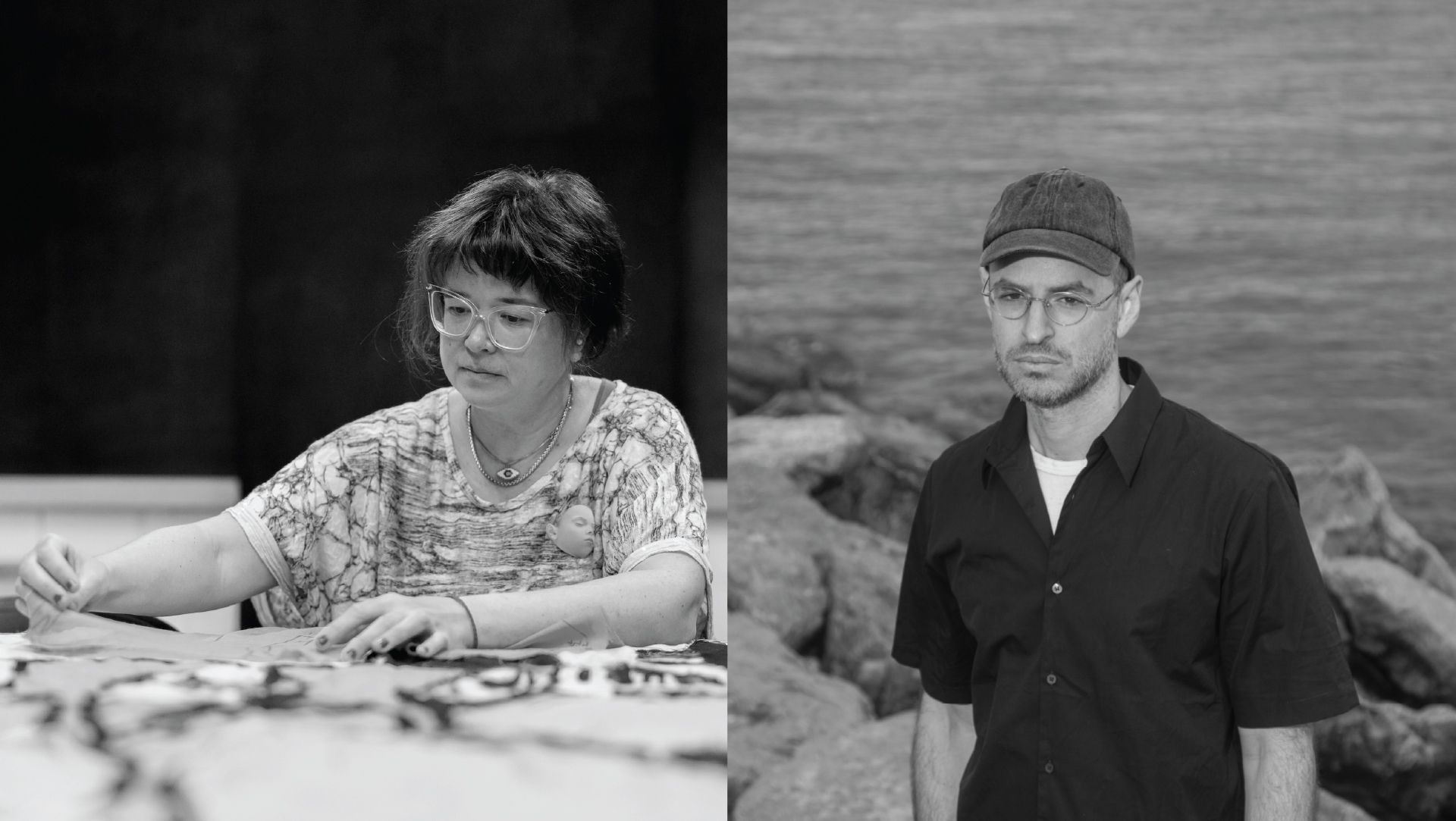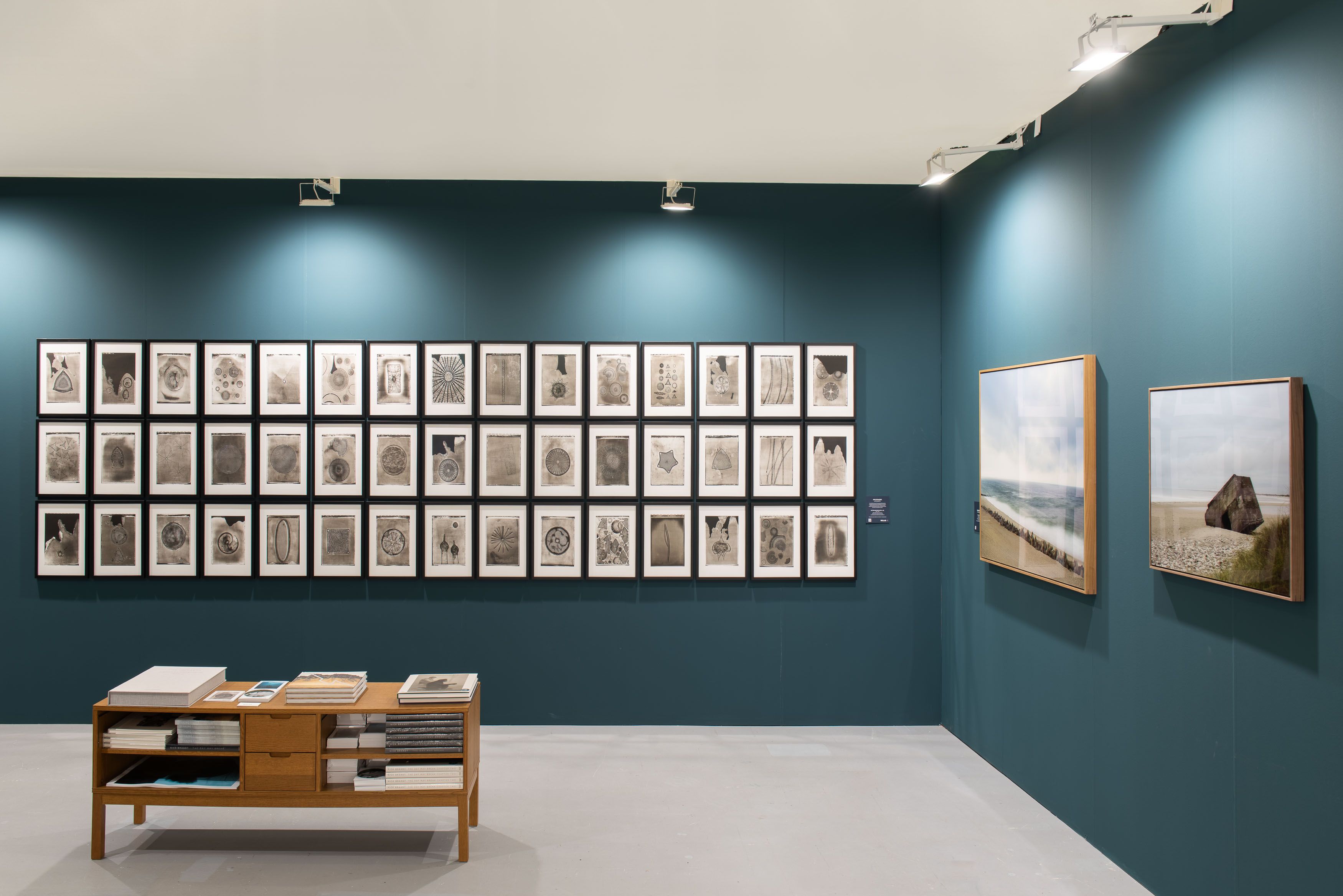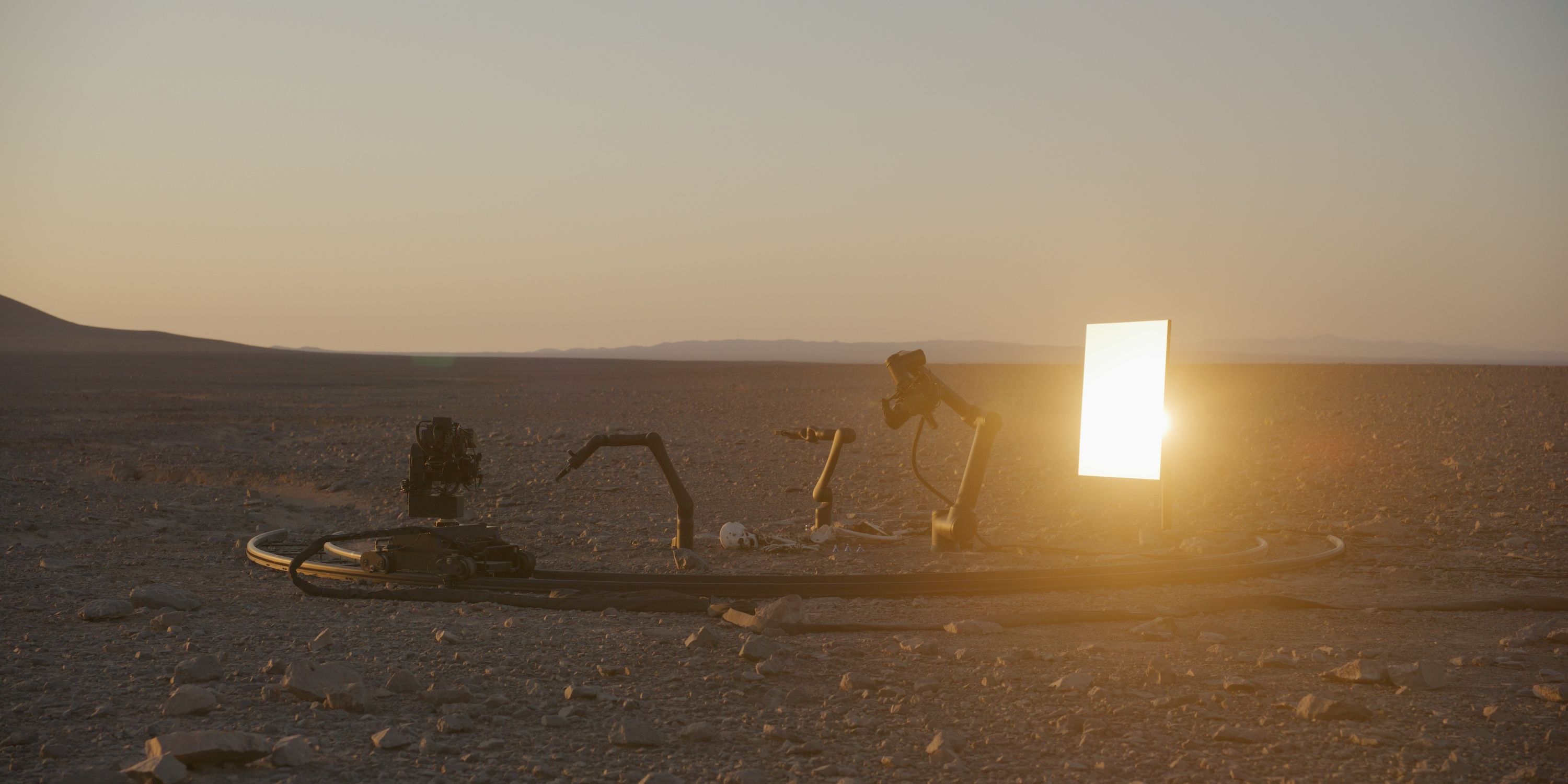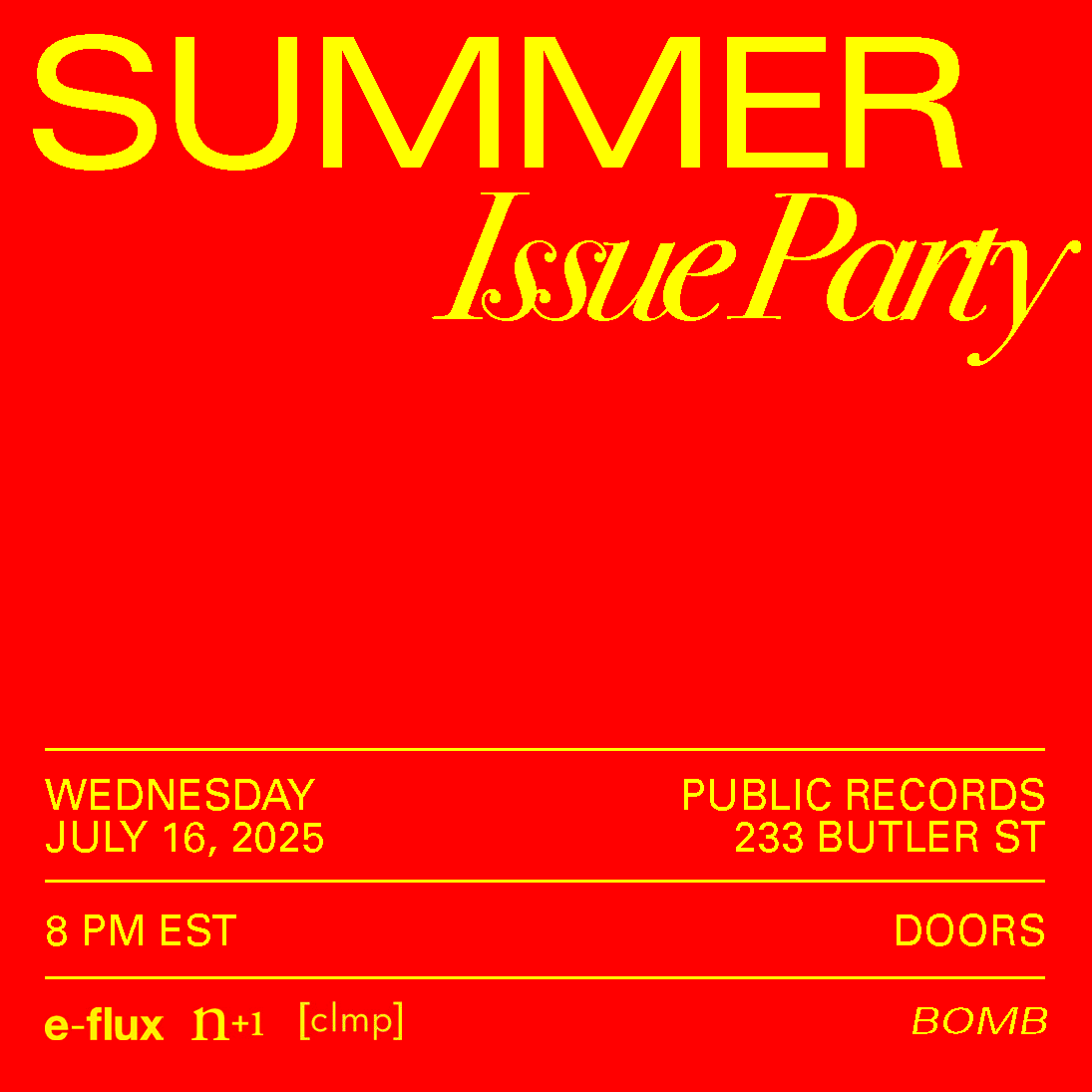June 30, 2025
The National Museum of Contemporary Art of Romania recently opened the exhibition Kazimir Malevich: Outliving History. The show includes three previously unseen canvases attributed to Kazimir Malevich, alongside a selection of fourteen abstract works by contemporary Romanian artists.
By Konstantin Akinsha
June 3, 2025
As Alumni, Faculty, and Friends of the Whitney Independent Study Program, we unequivocally support the 2024–25 ISP cohort who were censored when presenting work in solidarity with the struggle for Palestinian freedom. We uplift their efforts to create and debate art while reckoning with political violence and institutional coercion, and affirm our shared solidarity against the ongoing genocide in Gaza.
Issue #155
June 23, 2025
Issue #154
May 12, 2025
Issue #153
April 7, 2025
Issue #152
March 4, 2025
Issue #151
February 4, 2025
Issue #150
December 16, 2024
Issue #149
November 5, 2024
Issue #148
October 8, 2024
Issue #147
September 9, 2024
e-flux
Princeton University School of Architecture
Call for fellows: Princeton/Chicago Architecture Center FellowshipGeorge Kuchar
July 2025

July 3, 2025
Bennington College
Of Things Not Seen: The Body as Witness and Participant

July 3, 2025
Virginia Commonwealth University School of the Arts in Qatar
London Design Biennale 2025
Matter Diplopia
Matter Diplopia
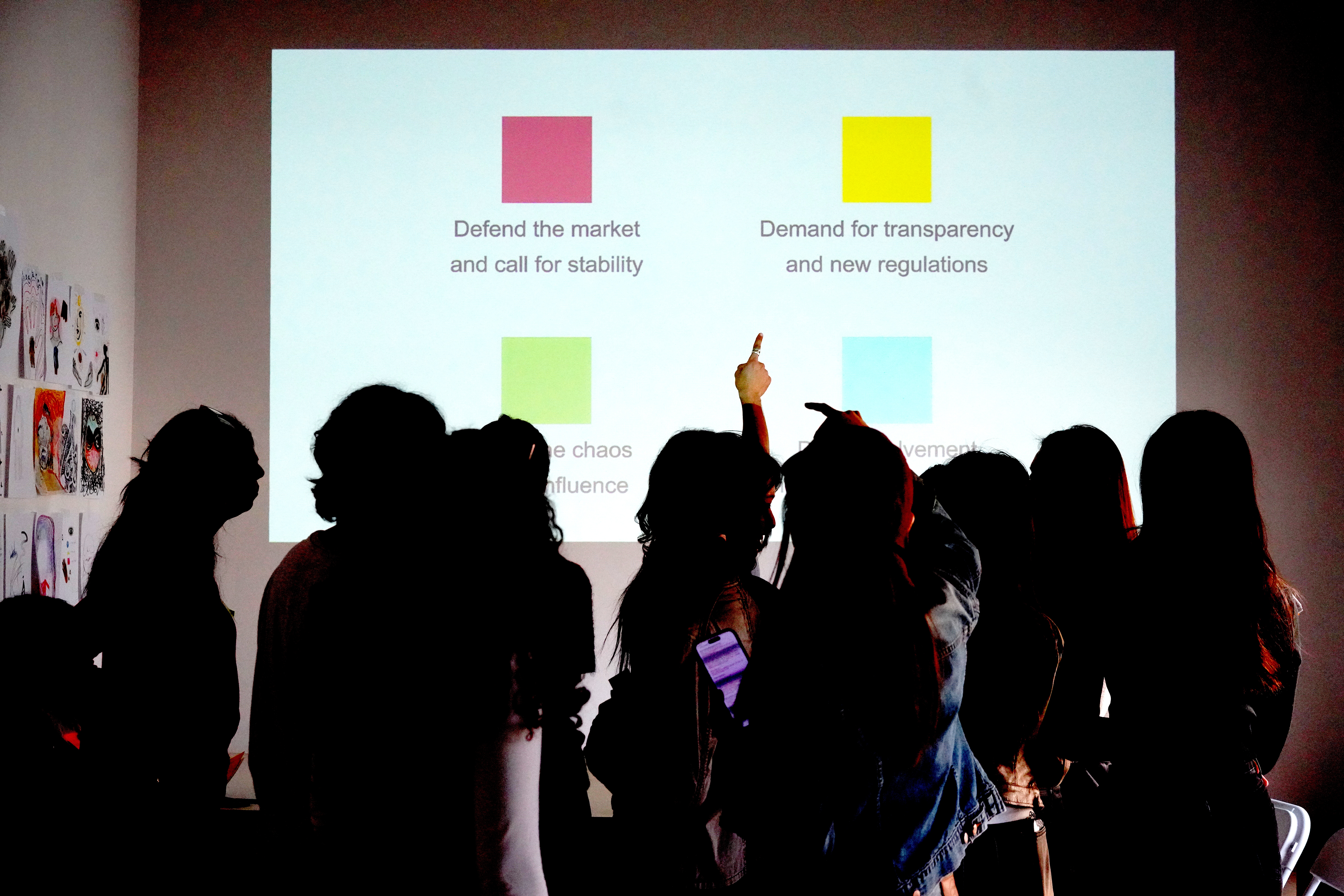
July 2, 2025
University of the Arts London
NOW YOU SEE: Responding/Ignoring, Remembering/Forgetting, Seeing/Unseeing
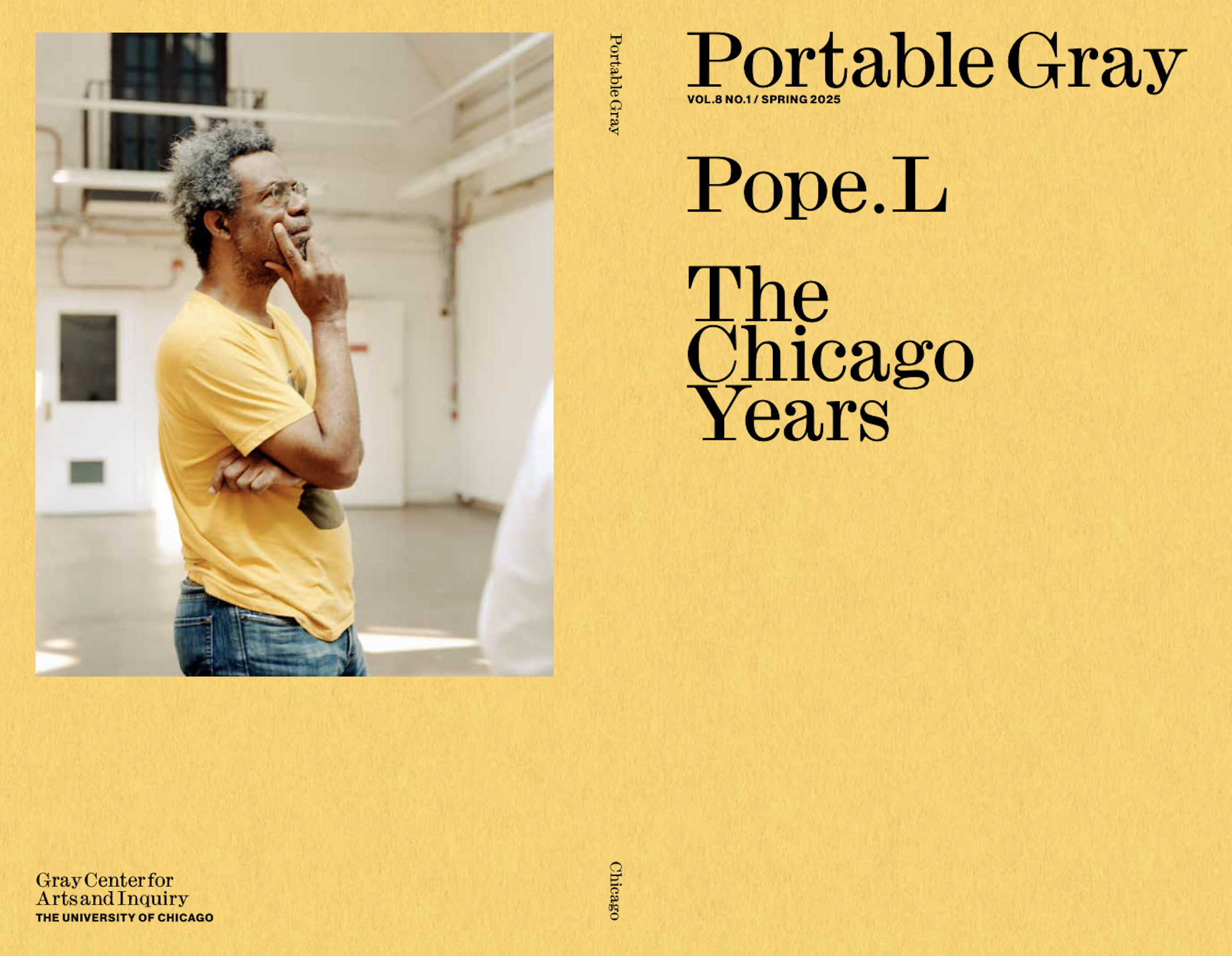
July 1, 2025
University of Chicago Arts
Portable Gray 14—Pope. L: The Chicago Years

June 30, 2025
Swimming Pool
Nine Elephants Vol 2: Fantastic Routes

June 30, 2025
Sam Fox School of Design & Visual Arts at Washington University in St. Louis
Slow Gardens

June 27, 2025
Academy of Theatre and Dance at Amsterdam University of the Arts
Open call 2025 DAS Choreography and DAS Theatre

June 26, 2025
Academy of Media Arts Cologne (KHM)
Rundgang 2025
The Center for Curatorial Studies, Bard College
University of New Mexico





